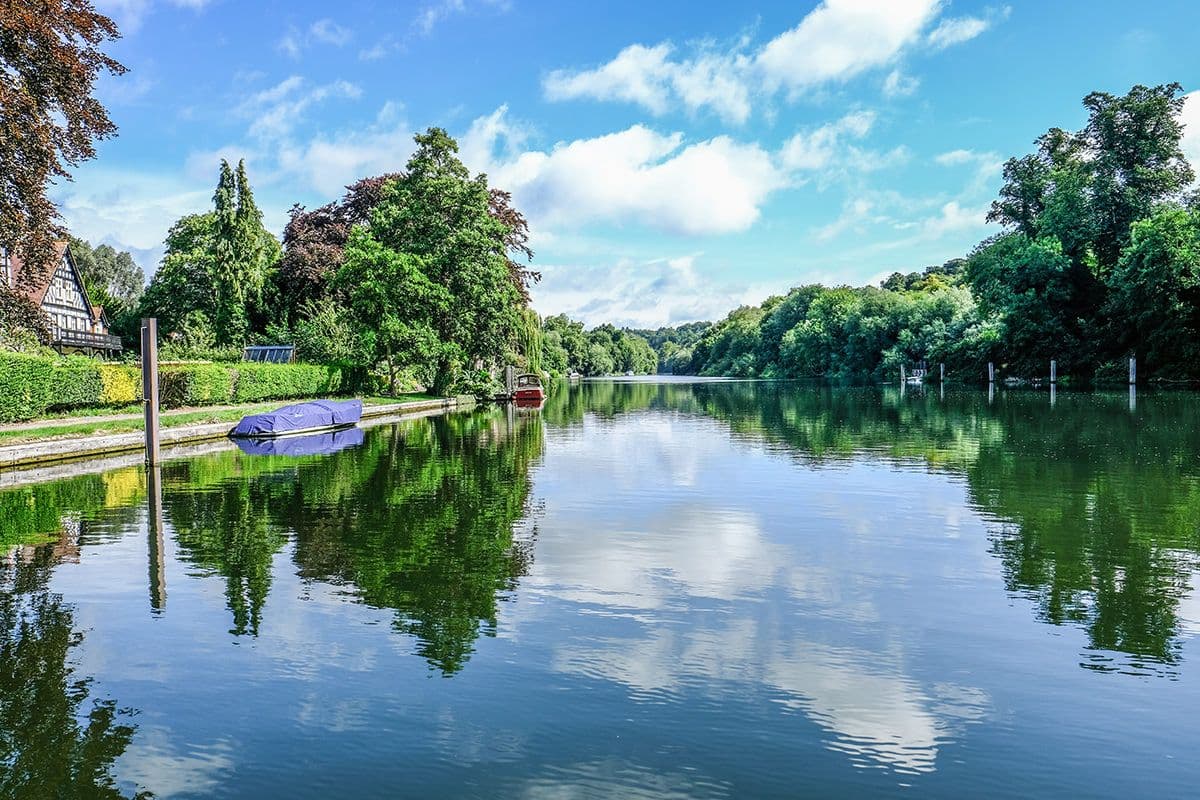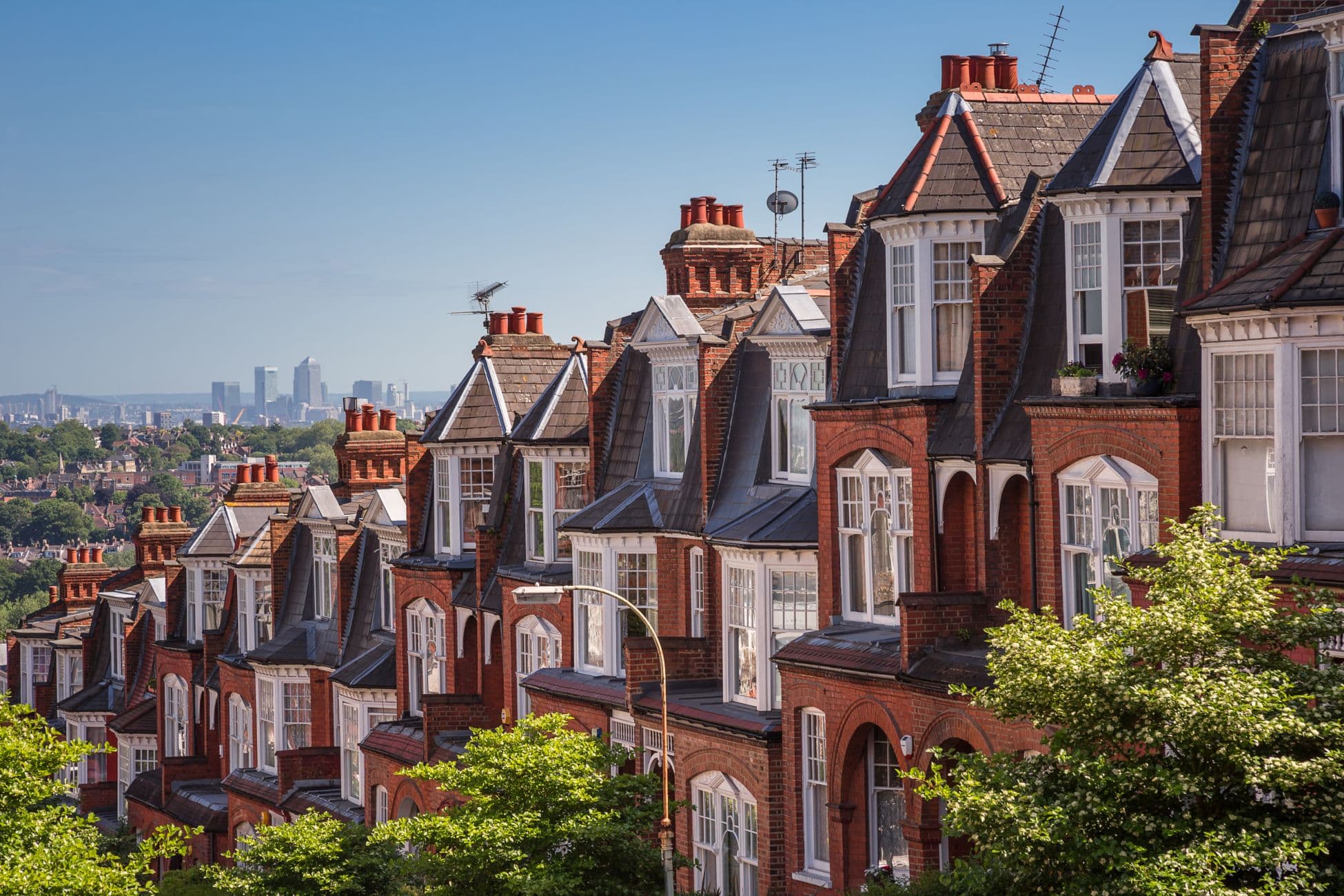South Oxfordshire

Wantage

£327,000

£330,000

£290,000

£161,000
Previously a roman settlement, Wantage has been part of Oxfordshire’s Vale of the White Horse district since 1974 and is an historic market town
Wantage boasts the commuter factor with Oxford, Abingdon and Swindon all within half-an-hour’s drive. The town is also 45 minutes from Reading and an hour from London Heathrow, Bristol and Cheltenham.
Unfortunately, Wantage Railway Station closed in December 1964. However, there are plans to install a new station in nearby Grove with the current line providing direct services from Swindon to London within an hour.
There is one secondary school in Wantage – King Alfred’s Academy. There are 10 nearby primary schools to choose from and plans to build a new school in Grove capable of educating 1,000 children aged two to 16.
Wantage was also the birthplace of Alfred the Great – King of the Saxons – in 848AD. A marble statue of King Alfred was erected in Wantage marketplace in 1877 and it still stands today.
In sport, Wantage is home to Formula 1 giants Williams, winners of the sport’s constructors championship on nine occasions – making them one of Formula 1’s most successful teams ever.
Abingdon

£373,000

£364,000

£331,000

£551,000
Positioned nine miles south of Oxford on the banks of the River Thames with easy access to the A34 is Abingdon-on-Thames, Oxfordshire’s second largest town
Abingdon can claim to being the UK’s oldest town due to having a pre-neolithic (before 10,000BC) settlement and object proof of the area’s development for thousands of years. More recently, Abingdon has developed into an ideal town for families to settle within and is home to an estimated 33,000 people.
Despite not having its own railway station, Abingdon is within close reach of Culham and Radley stations which are located only two miles from the town centre and each serve central London within the hour.
Abingdon has multiple secondary and primary schools and is twinned with four European locations including Argentan in France, Sint-Niklaas in Belgium, Schongau in Germany and Lucca in Italy.
If you’re planning on moving to Abingdon, be prepared to become part of the town’s bun-throwing tradition. Yes, you heard correctly! To mark specific days of celebration, local dignitaries gather on the roof of Abingdon County Hall Museum and throw buns into crowds gathered on the market square.
To date, 35 bun-throwing events have been held. The most recent in 2018 to celebrate the centenary of the ending of World War I. The museum even has a collection of buns previously thrown, dating back to the 1800s.
Didcot

£322,000

£329,000

£272,000

£438,000
Known for its railway heritage, Didcot is Oxfordshire’s sixth largest town by population ideally placed to the right side of the A34 just a 20-minute drive from junction 13 of the M4.
The town is popular among commuters due to its easy access to and from Oxford, Bristol, Reading and London. As Didcot is positioned on the edge of the North Wessex Downs – one of Oxfordshire’s recognised Areas of Outstanding Natural Beauty (AONB) – residents can balance work in the city with an outdoor lifestyle.
With its affinity to the railway industry, it shouldn’t come as a surprise to learn Didcot Station operates three hourly services to London Paddington with a journey time of just 40 minutes.
If town life isn’t for you, there are a range of picturesque villages dotted along the River Thames within close reach of Didcot including Sutton Courtenay, Appleford, Clifton Hampden and Long Wittenham.
Did you know, Didcot is located close to several major science and technology campuses including the Culham Science Centre, Harwell Science and Innovation Campus and Milton Park.
Didcot is also home to a railway museum and is the distribution centre for tyre manufacturer Pirelli, who supply tyres to the Formula 1 World Championship series.
Goring

£692,000

£587,000

£481,000

£1,065,000
Positioned on the west banks of the River Thames on Oxfordshire’s border with Berkshire, Goring-on-Thames is a village home to just over 3,000 people
Goring is one of Oxfordshire’s many villages which are popular with commuters. Its train station runs services every half-hour to London via Reading, taking less than 44 minutes to reach the capital’s centre.
The village has also won various awards in the last decade, including Oxfordshire Village of the Year in 2009 and the Sustainability and Communications category at gas company Calor’s annual awards. Goring was also a finalist in the small towns Britain in Bloom category in 2019.
The village’s high street includes various shops, pubs and restaurants with other amenities including football, cricket, tennis and golf clubs and a decorative and fine arts society. If you visit Goring, be sure to take a walk along the banks of the Thames and sample south Oxfordshire’s natural beauty.
Dorchester-on-Thames

£625,000

£538,000

£386,000

£707,000
Nestled above the confluence of the River Thame and River Thames is Dorchester-on-Thames
Home to just over 1,000 residents, the village dates to the end of the Stone Age and is popular among visitors for its local walks and the Abbey Church of St Peter and St Paul.
Established in 1140, Dorchester Abbey was saved from demolition during Henry VIII’s reign when it was purchased for £140 – which back then would pay an average person’s wages for approximately 13 years.
The village is home to the English Music Festival with Oxford, Abingdon and Didcot all located within a 20-minute drive. A selection of terraced, semi-detached and detached homes sit in the village with the average property selling for £600,000 in the past year.
Uffington

£418,000

£167,000

£326,000

£762,000
Located in the very south of Oxfordshire is the charming village of Uffington, home of Oxfordshire’s highest point – Uffington White Horse Hill
Home to approximately 800 people, Uffington is found four miles south of Faringdon and six miles west of Wantage. Its parish church St Mary is a Grade I listed building with other notable features including a primary school plus football, cricket and tennis clubs. Uffington is also home to the annual White Horse Show.
The village is a popular spot with walkers who climb the 261m tall Uffington Hill, which is home to a castle which was mostly likely built in the 7th or 8th century.
If you’re feeling motivated, Uffington marks the beginning of the Lambourn Valley Way – a 20-mile hike that stretches through the scenic West Berkshire villages of Lambourn, Great Shefford and Boxford before arriving in Newbury.
The village offers a broad selection of gloriously detached eight-bedroom plus homes to smaller one-bedroom flats and cottages for those looking to downsize.
Henley-on-Thames

£738,000

£740,000

£638,000

£1,061,000
Sat on the banks of the River Thames, Henley’s pristine location amongst the Chiltern Hills leads itself to a popular spot among tourists, who visit to sample the town’s atmosphere, relaxing environment and gorgeous walks.
Like many of Oxfordshire’s towns, Henley has the commuter factor. Neighbouring cities and towns Oxford, Reading, Maidenhead, High Wycombe, Bracknell and Windsor can all be comfortably reached within 45 minutes.
Henley is home to two Grade I listed buildings. The town’s five-arched bridge which was built in 1786 and Chantry House are both Grade I listed structures.
Henley is also home to the world-famous Henley Regatta – an annual rowing event founded in 1839 which attracts more than 300,000 visitors each year. International Olympic Committee founder Pierre de Coubertin modelled elements of the Olympic Games we watch today based on Henley Stewards.
Home to approximately 12,000 people, Henley is one of the UK’s most expensive towns with properties selling for an average of £738,000 in the last year.
Shiplake

£1,132,000

£631,000

£420,000

£1,340,000
Between them, they have a population of 2,000 with facilities including a primary school, an independent day and boarding school, two pubs, a village hall and a bowls and tennis club.
Shiplake also has its own railway station, which is popular among residents for its easy access into central London with trains running every half-hour to Paddington Station, taking just 40 minutes.
Just like its neighbouring town Henley-on-Thames, house prices in Shiplake are among the highest in Oxfordshire with properties selling for an average of £1.1 million in 2021.
The name Shiplake comes from a mix of Saxon (Scip) and Danish (Lack) terms meaning ‘lack of ships’. It’s believed Shiplake may related to the Viking practice of sinking boats to be hidden – a practice adopted when they attacked Reading in 871AD.

“The river Thames runs through South Oxfordshire and as a result towns and villages are more sparsely populated to minimise flooding risk.”